Diseases of white cabbage
Content:
The most common diseases of white cabbage that occur are fusarium, punctate necrosis, gray mold, black leg, powdery mildew, keela. The most important difficulty in the treatment of white cabbage is that in no case can it be treated with poisons and chemistry. Poisons accumulate in the head of cabbage and leaves and cause irreparable harm to human health. So, I recommend the treatment of cabbage using proven, folk methods. Marigolds, horsetail or hot peppers (chili) will save your crop from many diseases and fungi. But all these measures and prevention should be carried out in advance, and not after the onset of diseases. If an infection appears on cabbage beds, it is extremely difficult to fight it, but it is possible.
Cabbage diseases: keela
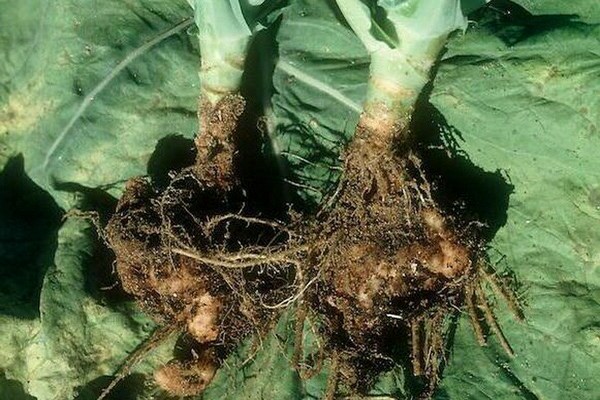
Keela is the most common and serious disease in cabbage. The causative agent of this disease is a fungus that infects the roots of plants. The most favorable environment for its reproduction is moist soil and stagnant water. Keela can infect plants at absolutely any stage of development. But most of all, not matured seedlings are exposed to infection. It will not be possible to immediately find out that the cabbage is infected. Plants will begin to wilt a little, and almost every summer resident will associate this with a lack of moisture and increase watering, thereby accelerating the spread and development of the disease. To understand the reason for the wilting of the cabbage, you need to dig up one plant and carefully examine the root system. If there are swellings and growths at the root, do not hesitate on your garden bed keel. The disease cannot be treated, therefore we eliminate all plants and treat the soil. The soil must be dug up and treated with Bordeaux liquid infusion, you can also use formalin. Next season you will have to find a new place for a cabbage bed, since you cannot plant a crop on ailing soil, there is a risk that the disease will take over again. In order to finally eliminate the risk of a keel appearing, each plant should be examined by re-planting in a garden bed. I wash the roots well and carry out a check; we remove the plants that have suspicious seals on the roots. Before planting seedlings, I recommend treating the beds with sulfur. If your area has previously had a keel outbreak, try to minimize feeding with organic fertilizers. It is best to use ash for fertilizing. If the focus of infection was in a greenhouse, then thoroughly spill the soil there with hot water. Do not forget that keela affects not only cabbage, but also radishes, turnips and radishes.
Cabbage diseases: treating fusarium
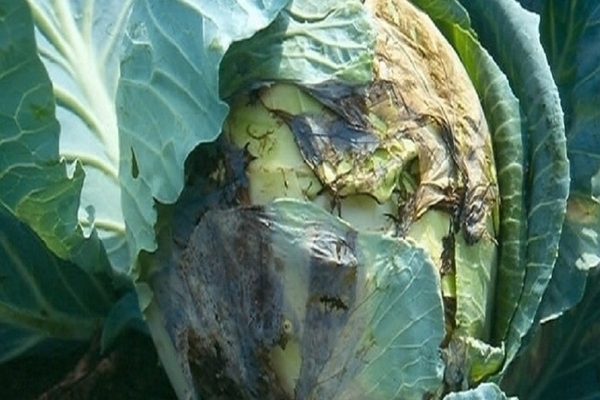
First of all, such an attack as fusarium infects not matured, young seedlings. Infected seedlings die very quickly. Fortified, mature plants tolerate this sore much easier, but the harvest leaves much to be desired. By external signs, it is extremely difficult to determine whether the plant is infected. The cabbage begins to wilt, as if there was no residual watering. Then you should do this, take one plant, cut the petiole and carefully examine it. If you find a brown ring in the cut, be sure this is fusarium. Unfortunately, plants that have been severely affected by the disease cannot be saved. Therefore, we remove the diseased roots, and proceed to the prevention and treatment of those plants that can be saved. Prepare a solution of hot pepper and spray the cabbage patch. But this can be done only if the forks are still far from the ovary. The best preventive measure is to prevent cabbage from getting infected. And so that this does not happen, it is enough to observe agricultural technology.We disinfect the seeds before sowing, heat the soil.
Blackleg
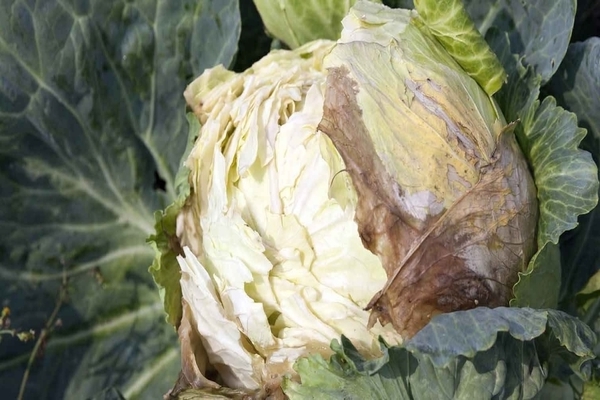
This attack is dangerous for almost all horticultural crops and affects everything in its path. This fungus is highly killed by moisture and high air temperatures. If the plants are infected with blackleg, you will notice the signs almost immediately. The root collar will become dark, and the stems are thin and brittle. Severely affected plants die. Surviving plants also become unsuitable, since they cannot produce a good harvest, due to the dying off of part of the root system. Chemicals are usually not used. Sick cabbage is removed. So that the fungus does not affect your area, you need to take preventive measures. The soil is cultivated and well dug up for the winter. The seeds are calcined. They regulate the irrigation schedule and loosen the soil well, this measure allows you to increase the permeability of air in the soil. The beds are regularly watered and thinned. Before planting in open ground, the seedlings are thoroughly examined. Subject to agricultural technology, you will forever forget about the existence of such a fungus as a black leg.
Fighting white rot
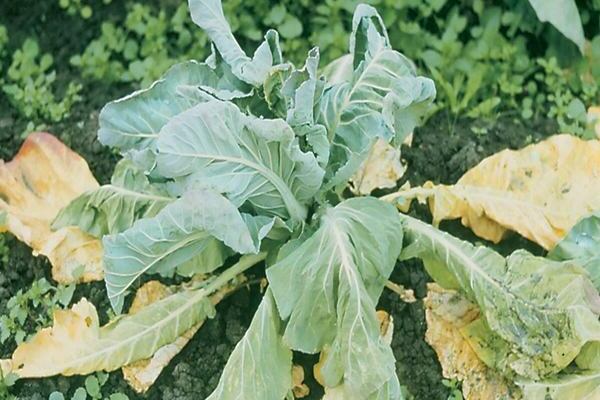
It is very easy to understand that cabbage is infected with white rot. A slimy coating and white fluff form on cabbage leaves. White rot develops only when the soil is deficient in potassium and phosphorus. So the treatment is very simple, you need to fertilize the soil several times a season with fertilizers, in which the maximum dose of substances that do not reach the soil.
Gray rot
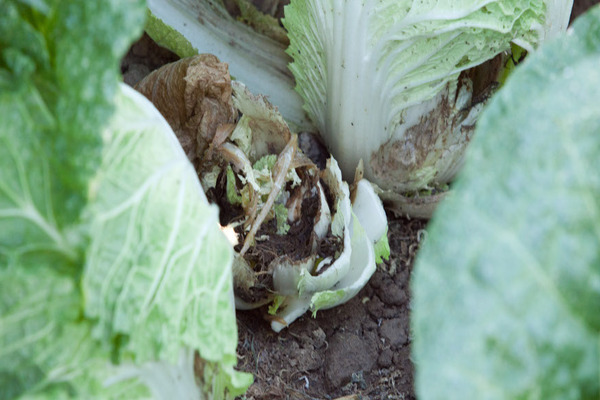
Gray rot does not dominate the beds, it affects the heads of cabbage during storage. The signs of infection are very similar to white rot, only the fluff on the heads of cabbage is grayish. In order for the gray rot not to settle in your cellar, you need to carry out processing before sending supplies to it. I always process it with lime.

